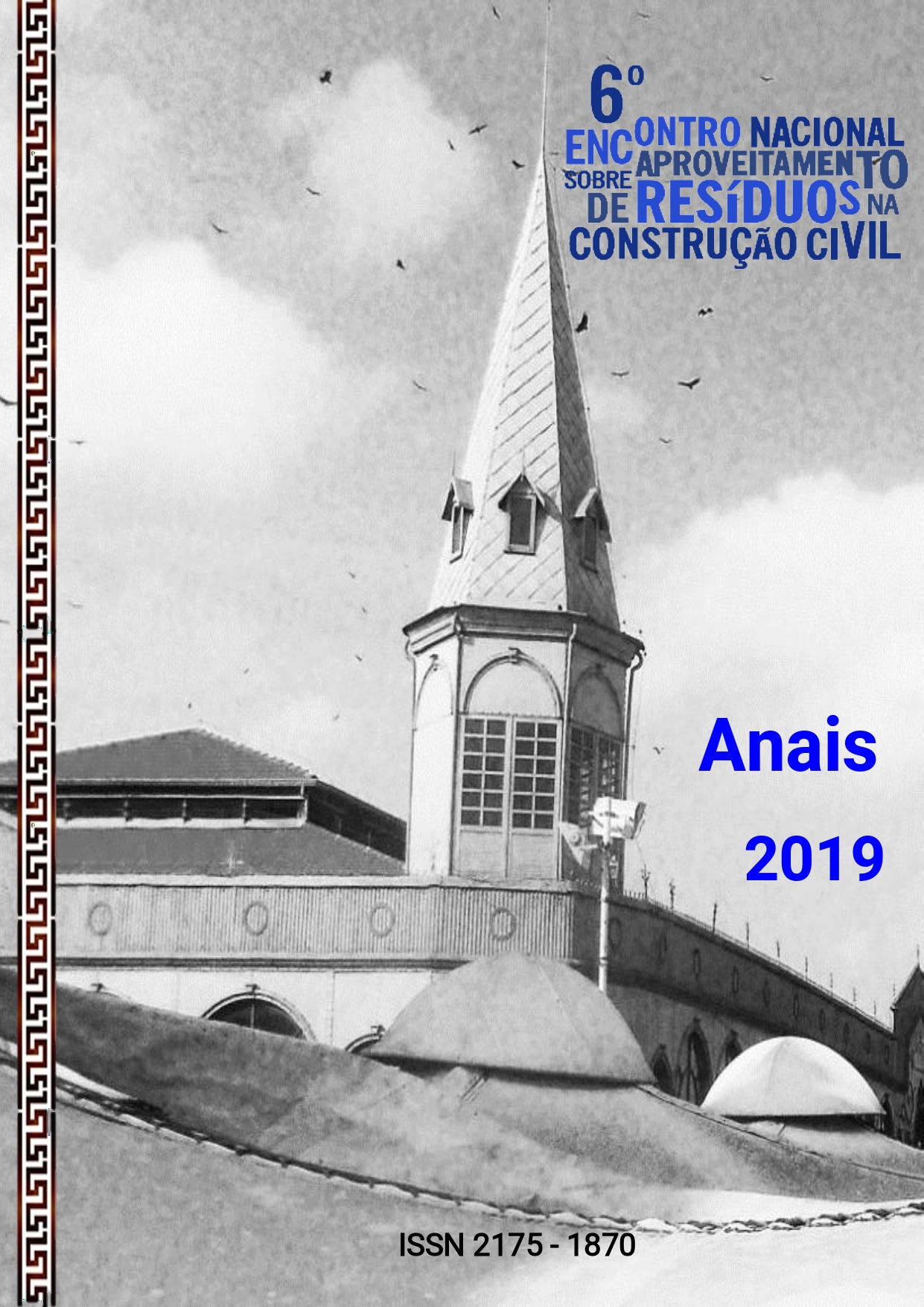Portland clinker production with residue of civil construction
influence of pellet geometry in the formation of mineralogic phases
Keywords:
RCC, spherical pellets, semi-spherical pellets, 3D printed mold, production procedureAbstract
In recent years efforts have been intensified to reduce greenhouse gas emissions in the context of sustainable development, with research into the production of new materials and building binders. This paper analyzed the influence of pellet geometry on the production of clinkers with the incorporation of construction waste (RCC). Procedures were adopted adapted from the methodology proposed by the ABCP and adopted in laboratory clinker studies, in an attempt to simulate stages of the industrial process. Pellets were prepared with the same formulation, but with three different geometries: spherical with a diameter of 1 cm and 2 cm, with manual molding, and a semi-sphere with a diameter of 2 cm, using PLA (polylactic acid) molds printed on a printer 3D. The clinkers were characterized using the X-ray diffraction (XRD) technique and the Rietveld method was used in the quantification of the phases. Variations in the hatrurite and larnite phases were observed with the geometry, although the same calcination conditions were used, probably due to the variation of the surface area, which allowed differences in the area of exposure and caused gradients of the cooling rate. It has been verified that the use of mold standardizes and facilitates the molding of clinkers

